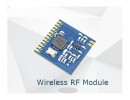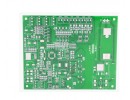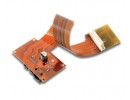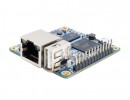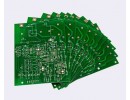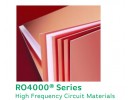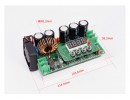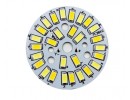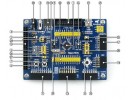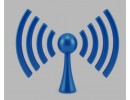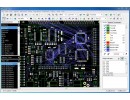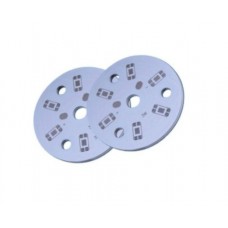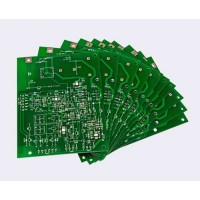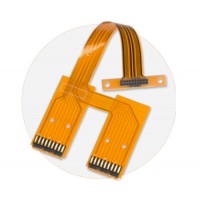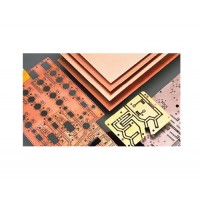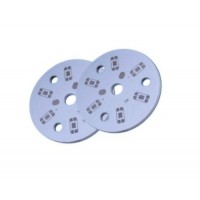Email us the details for pricing
Aluminum core PCBs is
a metal-based, copper-clad laminate that delivers high performance, including
excellent thermal conductivity and electrical insulation.
Metal core PCBs have a
unique set of advantages compared to other base materials:
Less expensive.
Aluminum is indigenous to a variety of climates, so it’s easy to
mine and refine. That makes it significantly less expensive to mine and refine
than other metals. By extension, the manufacturing costs associated with
products using aluminum PCBs are also less expensive. Aluminum PCBs are also a
less expensive alternative to heat sinks.
Friendly to the environment.
Aluminum is a non-toxic, recyclable metal. From the manufacturer
through to the end consumer, using aluminum in PBCs contributes to a healthy
planet.
Better heat transfer.
High temperatures are the cause of heavy damage to electronics.
Aluminum conducts and transfers heat away from critical parts to minimize
damage to the printed circuit board.
Very durable.
Aluminum is stronger and more durable than base materials like
ceramic and fiberglass. It is very sturdy, and reduces accidental breakages
that can occur throughout the manufacturing process, and during handling and
everyday use.
Lightweight:
Considering its durability, aluminum is very lightweight. It
adds strength and resilience to PCBs without adding additional weight.
Aluminum PCB Applications
Aluminum back PCBs are
ideal for situations when thermal heat dissipation requirements very high. PCBs
clad with aluminum are more effective at directing thermal energy away from
printed circuit board components therefore provide better temperature
management for PCB designs. Aluminum-backed designs can be as much as ten times
more efficient than fiberglass-backed designs when it comes to removing thermal
energy from circuit board components. The much higher thermal dissipation rate
allows higher power and higher density designs to be implemented.
Aluminum-backed PCBs
are used more than ever for applications of high power/high thermal heat
dissipation. Although they were originally designed for high power
switching supply applications, aluminum-backed printed circuit boards have
gained popularity in LED applications, including traffic lights, automotive
lighting and general lighting.
Aluminum PCB Specification
|
Product Name |
Aluminum PCB |
|
Type |
1-2 Layer |
|
Max Panel |
20"*24"
(1170mm*600mm) |
|
Copper Thickness |
0.5oz, 1oz, 2oz,
3oz,4oz |
|
Dielectric
Thickness |
0.05mm, 0.075mm,
0.1mm,0.15mm,0.2mm |
|
Substrated Core Thickness |
0.4mm,0.6mm, 0.8mm, 1.0mm, 1.2mm,
1.5mm,2.0mm, 3.0mm and 3.2mm |
|
Board Thickness |
0.4mm - 4.0mm |
|
Thickness Tolerance |
+/-10% |
|
Aluminum Machining |
Drilling,Tapping,Milling,Routing, Die-Punching,
Break-off tab available |
|
Min Hole |
0.25mm |
|
Max Working Voltage |
2.5kVDC(0.075mm Dielectric),
3.75kVDC (0.15mm Dielectric) |
|
Min Track Width |
0.2mm (8mil) |
|
Min Track Gap |
0.2mm (8mil) |
|
Min SMD Pad Pitch |
0.2mm (8mil) |
|
Surface Finishing |
HASL, HASL Leadfree,
Immersion gold, Flash Gold, OSP |
|
Solder Mask Color |
White, Black, others
Available |
|
Legend Color |
Black, White,
others Available |
|
E-test |
Yes |
|
Rohs |
Yes |
|
Reference Standard |
IPC-A-600G
Class 2 |
|
Special Hole |
Spot facing,
Cup holes |
The Effect of Temperature
The LED’s color, or wavelength, will change
with temperature. As the die temperature increases, the wavelength of the color
increases. This is particularly important with white light. The human eye can
differentiate small color changes in white light. When Power LEDs are populated
in an array, consistent thermal resistance from one die to the next assures
consistent color. Because of the comparatively low thermal resistance Thermal
Clad offers versus FR-4, die temperature is less affected by slight variances
in the junction-to-case thermal resistance that occurs with eutectic or
epoxy-die mounting techniques. It is also possible to pack the die more closely
in an assembly that utilizes good thermal management techniques, thereby reducing
the effects of temperature. Generally, a 30-50 percent drop in light output for
a constant-forward current indicates end-of-life for Power LEDs. Power LED
lifetimes have been extrapolated to over 50,000 hours.
Cost of Heat Summary
Better thermal management allows more forward
current to be applied to the LED, which means more light and possibly reducing
the number of LEDs required for the desired light output. Maintaining a cooler
assembly at an equivalent power equates to more light per die.
Aluminium Core PCB
- Product Code:Al Core PCB
- Availability:In Stock
-
MYR0
Available Options
Tags: Black Solder Mask PCB
Featured
FR4 MultiLayer PCB
Standard Product: Material FR4Board Thickness: 1.6mm (standard), 0.8mm - 2.4mm Copper Thickness..
MYR0
Rogers RO4000 Series
Email us the details for pricingFeatures and Benefits: RO4000 materials are reinforced hydroc..
MYR0
Aluminium Core PCB
Email us the details for pricingAluminum PCBsAluminum core PCBs is a metal-based, copper-clad ..
MYR0
